Oat Rolls — With A Touch of Honey
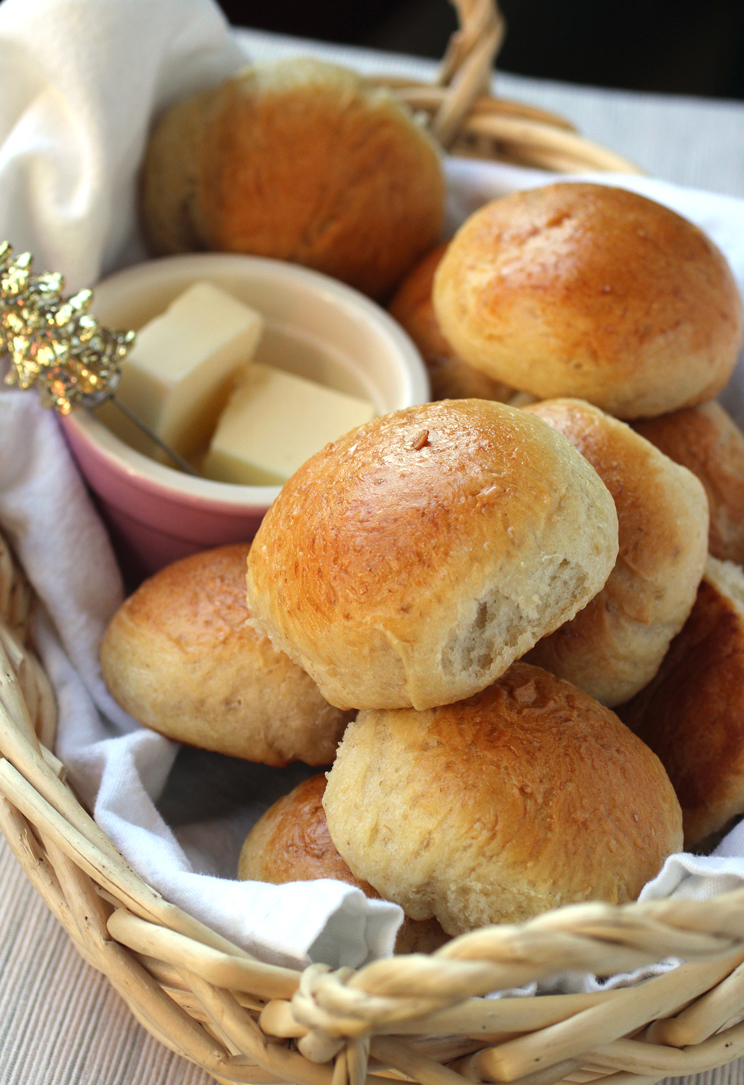
Admittedly, I have a problem with commitment.
Only when it comes to bread making, that is.
During the pandemic, when everyone who was anyone was fussing over their sourdough starter like a new puppy, I was not.
I just couldn’t bring myself to pull the trigger to tend to a starter that needed caring, feeding, and coddling, day in and day out. After all, I already had a husband who needed all of that. (Kidding, sort of.)
So, when it comes to my sporadic bread baking, I rely on packaged dry yeast instead, which is convenient enough to buy at any supermarket and to keep handy in my fridge when the urge strikes.
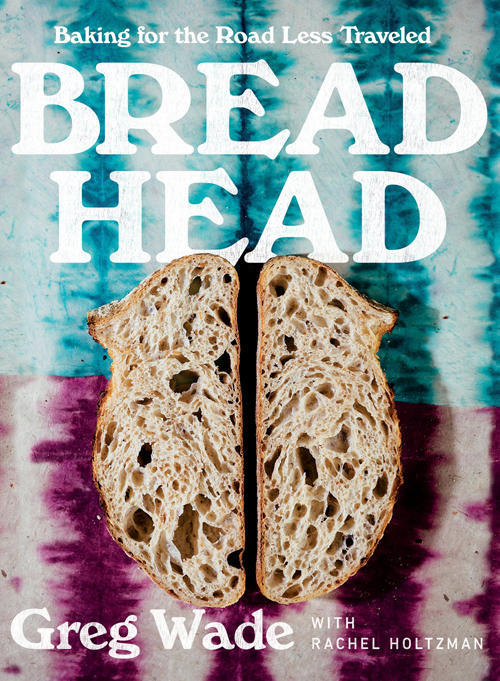
But along comes 2019 James Beard Award-winning “Outstanding Baker” and head baker at Chicago’s Publican Quality Bread bakery, Greg Wade, who shows how to combine both dry yeast and a preferment for even better results, as evidenced in his recipe for sensational “Oat Rolls.”
It’s all in his new cookbook, “Bread Head” (W.W. Norton), of which I received a review copy. It was written with St. Louis book collaborator Rachel Holtzman.
The cookbook is full of foundational recipes featuring good grains and boasts clear, precise directions. You’ll be rolling in the dough with recipes for “Oat Doughnuts,” “Peach and Cashew Loaf,” “Sorghum and Rosemary Ciabatta,” and “Rye Naan.”
Of course, many of the recipes make use of a starter or its discard. But there are a few, such as “Oat Madeleines,” that require neither.
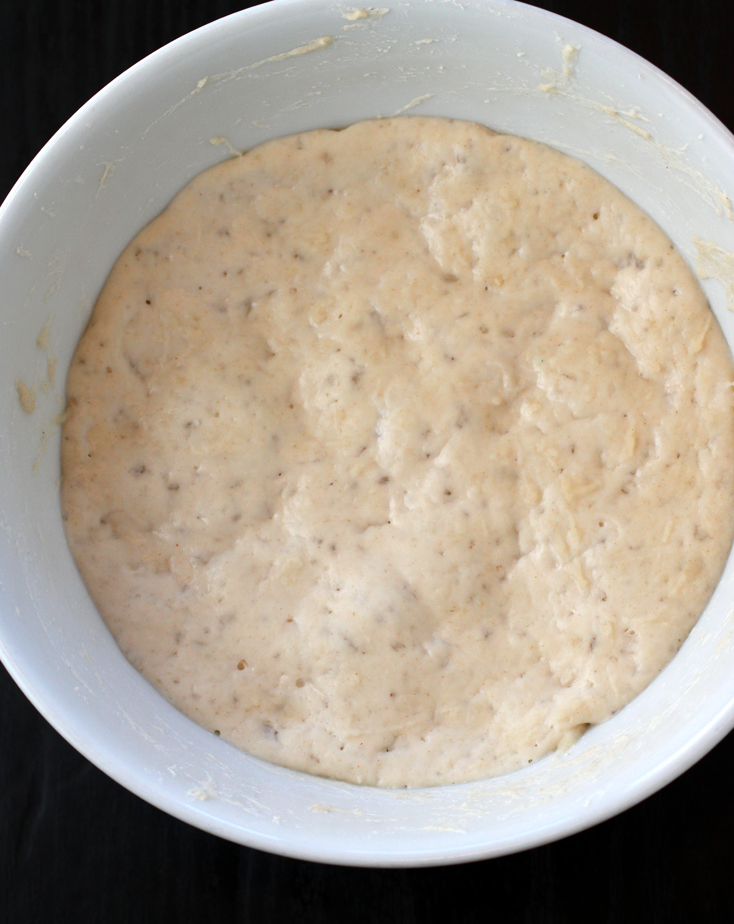
So, just what is a preferment? I like to think of it as a one-time, one-use starter for people like me.
In fact, as Wade explains in the book, all sourdough starters are indeed preferments — a portion of dough that’s allowed to ferment with yeast before it’s added back into the final dough mix.
As he writes, “You are developing structure and enhancing flavor while also reducing your final dough mixing time” as the complex sugars of the wheat break down, giving you the health benefits of a fermented bread.
Faster bread making and a more healthful, flavorful bread? I’d say that’s a win-win — big-time.
In the case of the “Oat Rolls,” making the preferment couldn’t be easier. You just stir together bread flour, water and active dry yeast. Then, cover the bowl with a towel and let it sit on the counter for 12 hours.
The next day, the mixture will have thickened and puffed up.
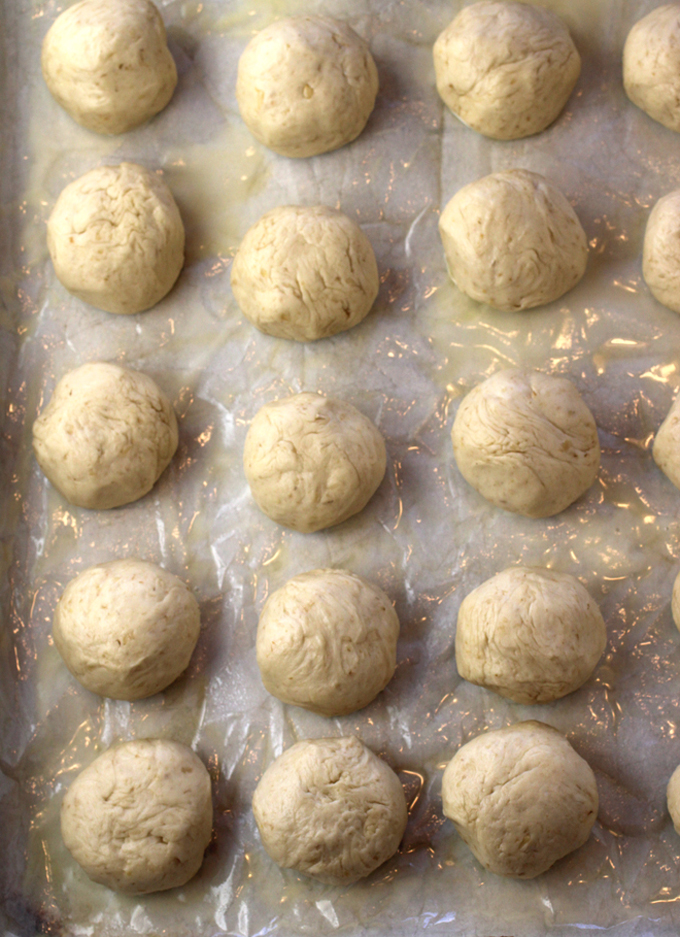
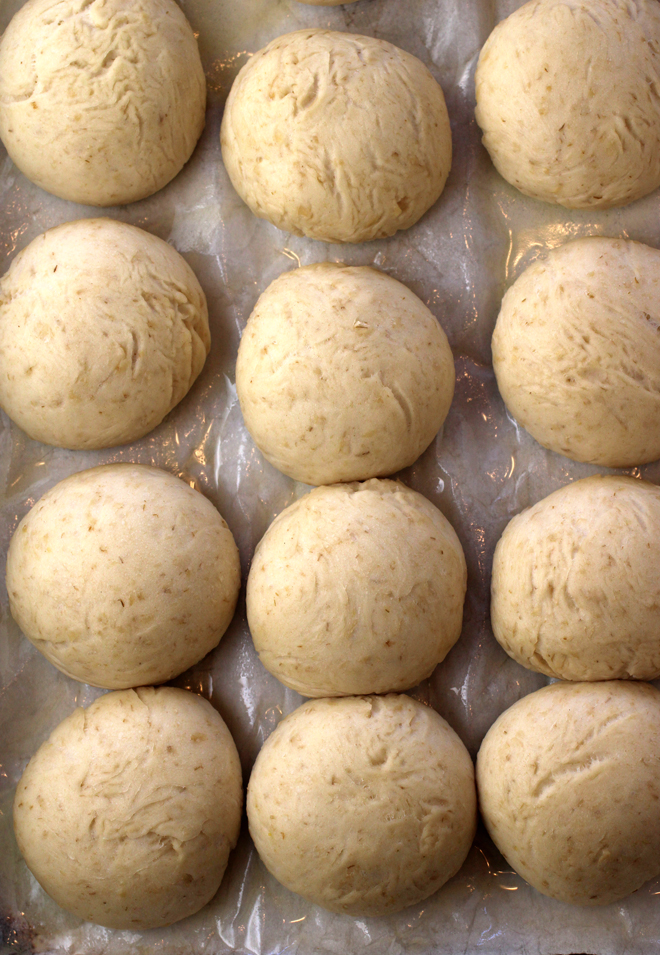
What makes these rolls oat ones? The incorporation of oatmeal, of course. Yes, you cook up rolled oats with water and salt in a pot on the stove, just like you would for your breakfast porridge.
Then, the preferment and oat porridge get mixed with more bread flour, plus whole milk, butter, honey, sea salt, and more active dry yeast.
Shape the supple dough into 24 rolls. Cover them with a towel and let proof for about 2 hours.
When they have doubled in size, brush with an egg wash, and slide the tray of them into the oven. There, they will turn fluffy, as well as a lovely burnished color.
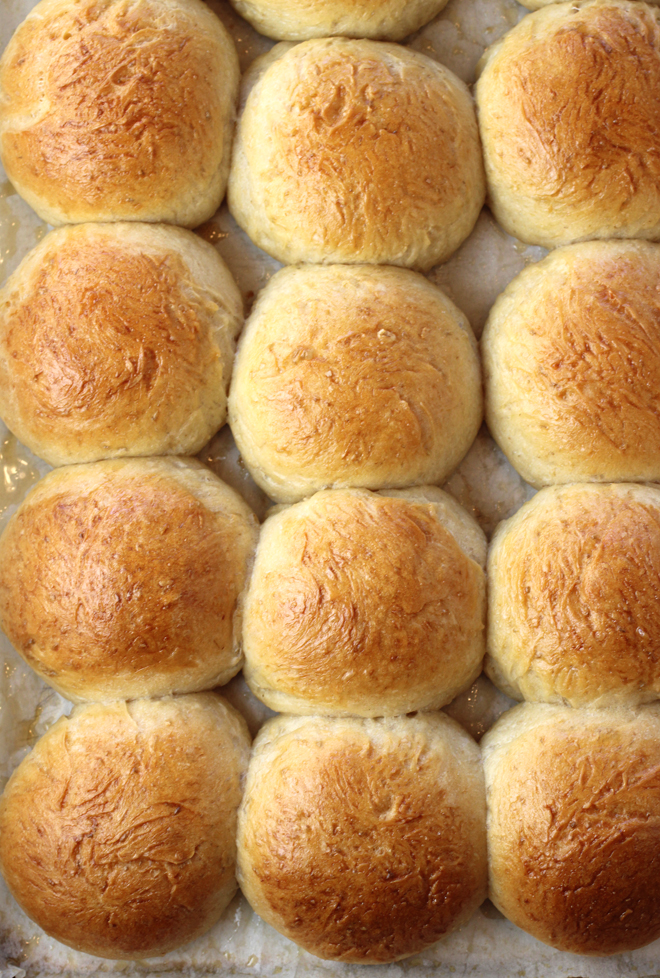
Thanks to the honey and oatmeal, these tender rolls have a slightly sweet taste along with a gentle heartiness.
With a smear of soft butter — or even better, honey plus butter — they are nothing short of divine to tear into.
Rest assured, they are not daunting to make in the least.
Even for a non-starter like me.
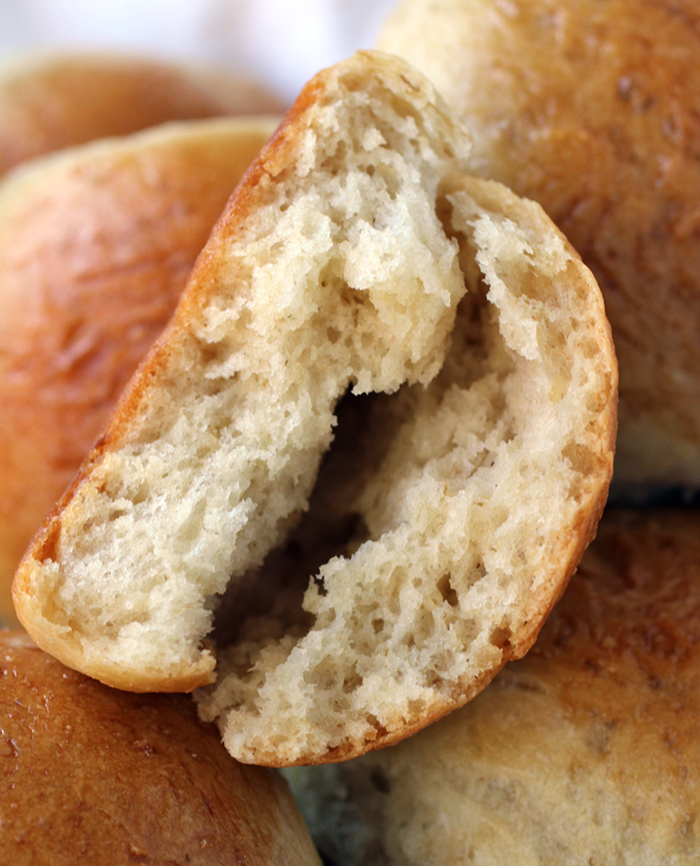
Oat Rolls
(Makes 24)
For the preferment:
85 grams (2/3 cup) bread flour
85 grams (1/3 cup) water
1 gram (1/4 teaspoon) active dry yeast
For the oat porridge:
75 grams (1 cup) rolled oats
225 grams (1 cup) water
2 grams (1/3 teaspoon) fine sea salt
For the dough:
400 grams (3 cups plus 1 tablespoon) bread flour
160 grams (2/3 cup) whole milk
100 grams (1/2 cup) unsalted butter, softened
50 grams (2 tablespoons plus 1 teaspoon) honey
14 grams (2 1/4 teaspoons) fine sea salt
2 grams (1/2 teaspoon) active dry yeast
Cooking spray, for greasing
For the egg wash:
1 large egg
1 tablespoon water
Make the preferment: Make this the evening before you bake. In a small bowl, add the flour, warm water (80 degrees), and yeast. Mix by hand until completely combined, about 2 minutes. Cover with a tea towel or linen and let ferment at room temperature for 12 hours.
Make the porridge: In a medium saucepan over medium-high heat, add the oats, water, and salt. Mix with a wooden spoon until thoroughly combined. Stirring often, bring the mixture to a boil. Reduce the heat to low and cook until the porridge is very thick, 3 to 4 minutes, after it comes to a boil. Spread the porridge over a baking sheet or plate to help it cool down completely.
Mix the dough: Make sure the milk is at a temperature of 80 degrees.
In the bowl of a stand mixer fitted with the dough hook attachment, combine the preferment, porridge, bread flour, milk, butter, honey, salt, and yeast and mix on low speed until fully incorporated, about 4 minutes. You may need to scrape down the sides of the bowl to ensure no dry pockets of flour remain. Increase the speed to medium-high and mix until a smooth, shiny dough forms and pulls away from the sides of the bowl, 10 to 12 minutes.
Portion and shape: Coat a baking sheet with cooking spray, line with parchment, and spray the parchment.
Lightly flour a work surface and turn out the dough. Portion the dough into 24 pieces, each weighing about 50 grams. Shape the rolls into uniform balls, place them on the prepared baking sheet, and cover with a tea towel or linen. If you’d prefer not to bake all the rolls now, you can stash half in the fridge and bake them the following day. The rolls should have a little room around them, but they will touch once properly proofed.
Proof: Cover the rolls with a tea towel or linen and set in a warm area to proof for 1 to 2 hours, until doubled in size and very light and airy.
Bake: Preheat the oven to 350 degrees.
In a small bowl, whisk together the egg and water. Brush the rolls with the egg wash and bake for 30 minutes, or until they are deep golden brown. Allow to cool before serving.
These rolls freeze well. To reheat, thaw them first, then refresh at 350 degrees for 10 minutes before serving.
From “Bread Head” by Greg Wade with Rachel Holtzman
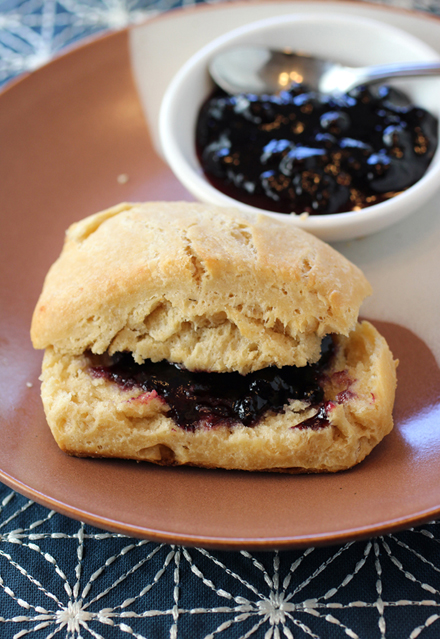
More Rolls to Bake for the Holidays: Angel Biscuits
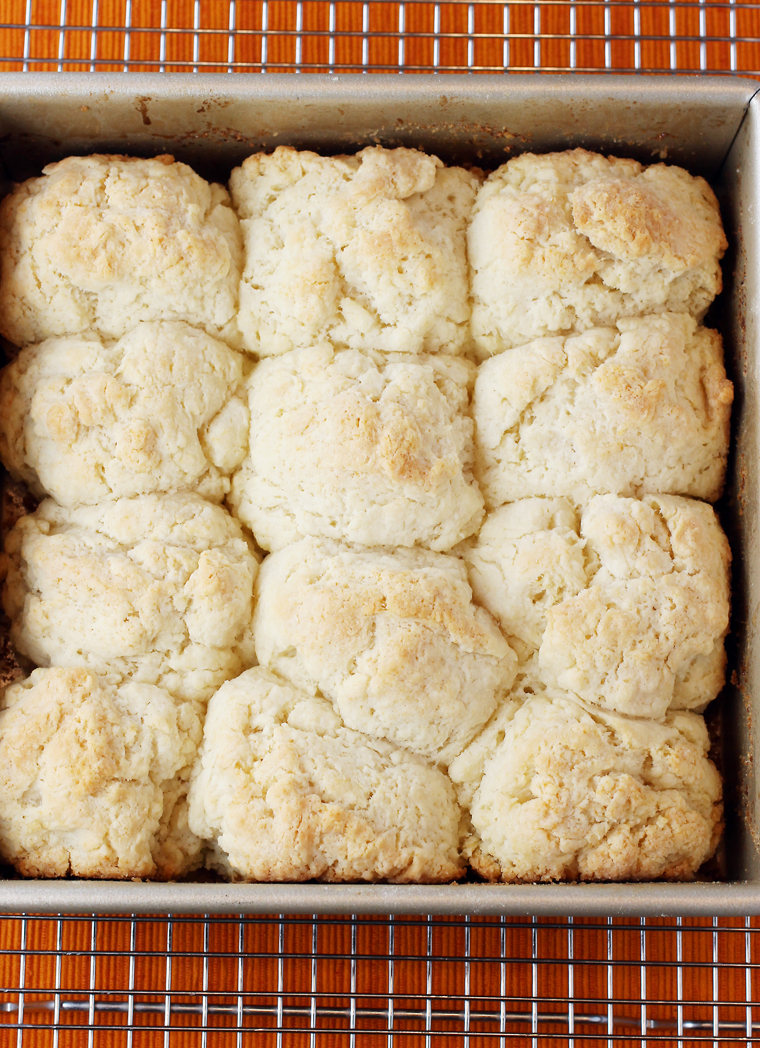
And: Cathead Biscuits
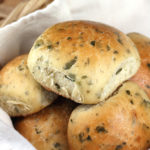
And: Overnight Soft Herb Rolls
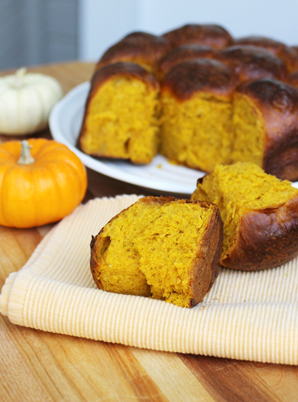
And: Pumpkin Cozy Rolls

I’ve got that nutty addiction to dough commitment and this looks really good!
Hi Rosemary: I know you are far more committed than I am, as I know you have a well-cared-for starter. Kudos to you!
I have this book and noticed there was no bulk fermentation stage which occurs after mixing and before shaping and proofing. Tried to reach out to the chef through his IG account but no reply.
Then I found this online https://challengerbreadware.com/bread-recipes/dinner-rolls/
Not only does he include a bulk fermentation stage, Greg states baking temp is 375 whereas his cookbook says 350. Very disappointing.
Hi Cecilia: That is so confounding that there are those discrepancies between the video and the cookbook recipe. I did follow the cookbook recipe as written, and the rolls came out splendidly. If you give it a try, you’ll have to let me know how they turned out for you. Happy baking!